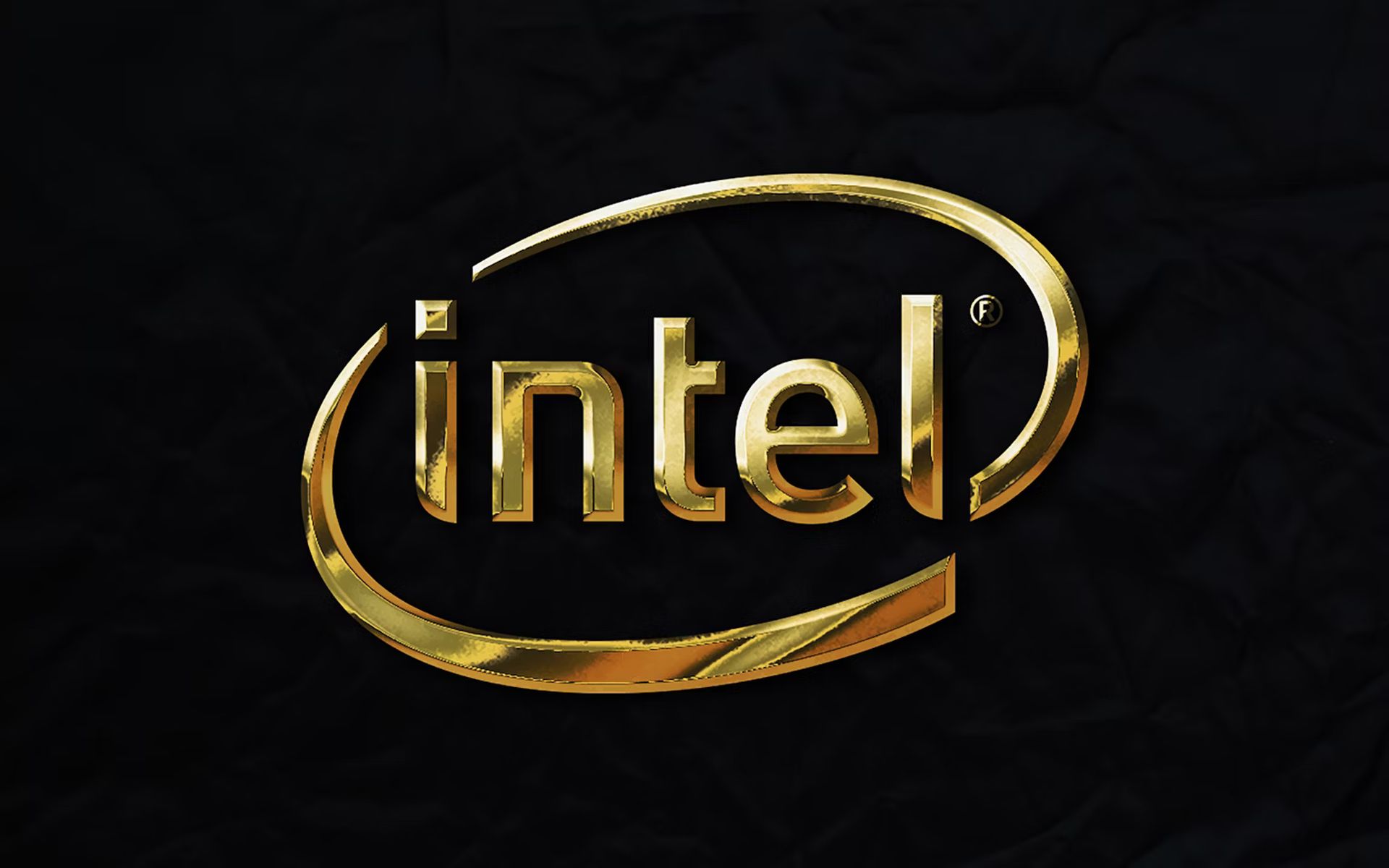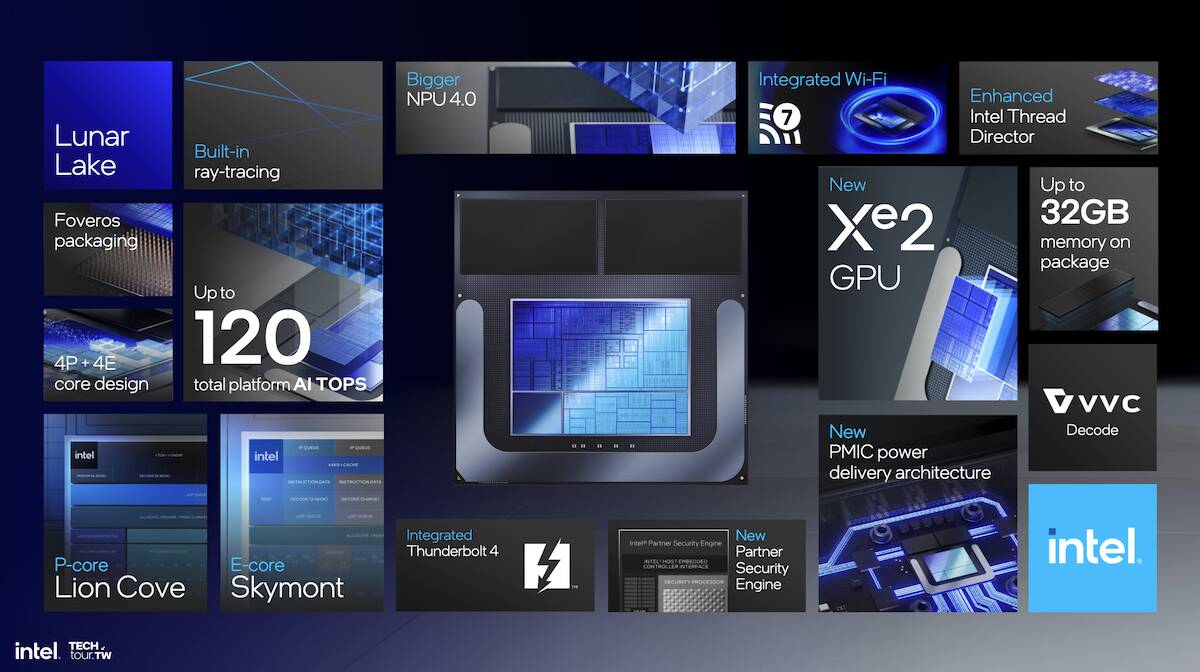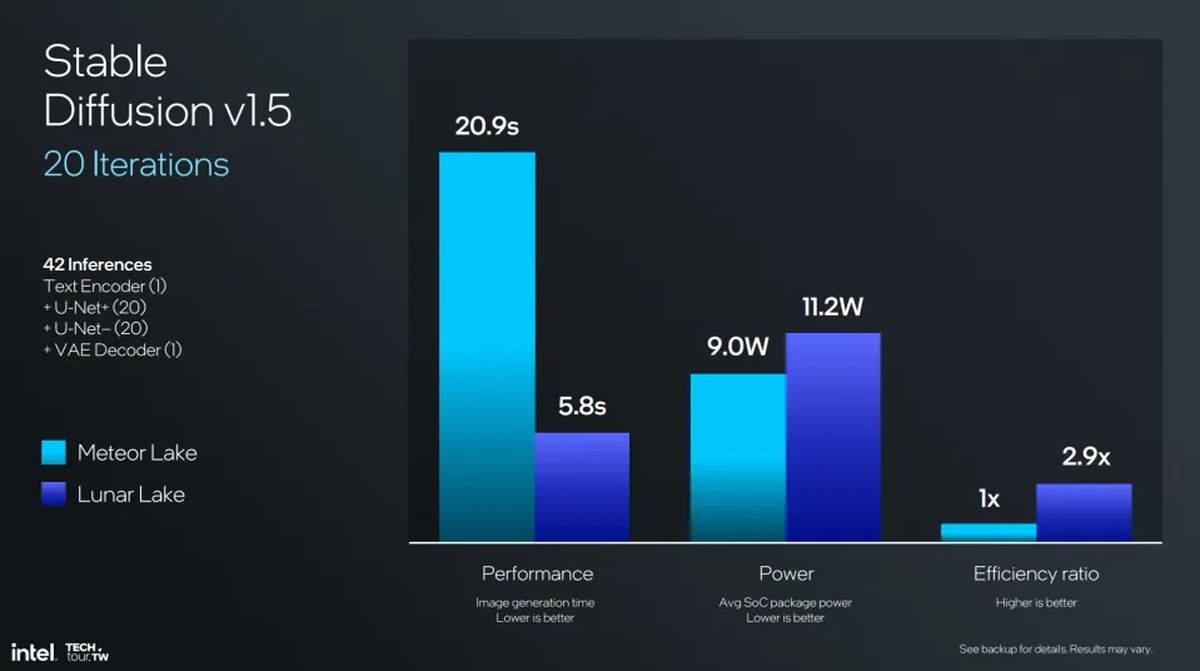Intel reveals its AI roadmap with Lunar Lake at Computex 2024

At Computex 2024, Intel unveiled detailed specifications for its upcoming Lunar Lake processors, which will be a key component of next-generation Copilot+ AI PCs launching later this fall. The chips boast a significant leap in AI performance with a new Neural Processing Unit (NPU) delivering up to 48 tera operations per second (TOPS), compared to 10 TOPS offered by the previous generation Meteor Lake. This puts Intel in closer competition with AMD’s recently announced Ryzen AI 300 series, featuring 50 TOPS NPUs and slated for a July release alongside Qualcomm’s Snapdragon X Elite and X Plus processors.
Can Intel’s Lunar Lake beat AMD or NVIDIA?While a specific launch date for Lunar Lake laptops remains undisclosed, early indications suggest a substantial upgrade for Intel users. The architecture incorporates a new Xe2 Graphics Processing Unit (GPU) promising an 80% improvement in gaming performance over the prior generation. Additionally, an integrated AI accelerator delivers a further 67 TOPS of processing power. Industry analysts eagerly await benchmarks to assess these claims against the capabilities of AMD’s forthcoming Radeon graphics solutions.
In a significant departure from traditional x86 architecture, Lunar Lake processors will incorporate on-package memory, similar to Apple Silicon. These “AI chips” will come pre-configured with either 16GB or 32GB of LPDDR5X memory, mirroring Apple’s non-upgradeable design. This approach, however, brings significant benefits. By placing memory directly adjacent to the processor cores, Intel achieves a 40% reduction in both latency and system power consumption. While this design offers advantages in size and efficiency, users requiring more than the pre-defined memory capacities will need to wait for the subsequent Arrow Lake processor family.
 Image: Intel
Image: Intel
Furthermore, Lunar Lake boasts a revamped eight-core architecture with a combination of high-performance and efficiency cores (P-cores and E-cores) for optimized application workloads. Additionally, Intel introduces an “advanced low-power island” specifically designed to handle background tasks efficiently. These advancements, coupled with other optimizations, translate to a claimed 60% improvement in battery life compared to the previous generation Meteor Lake chips.
Meta turns focus to GenAI chips for better recommendations
The competitive landscape for Copilot+ hardware is heating up, with both Intel and AMD striving to match the inherent power efficiency of Qualcomm’s mobile processors. Early reports suggest Qualcomm’s solutions deliver impressive battery life exceeding 20 hours on Copilot+ Surface devices, although independent testing is still required.
Connectivity options for Lunar Lake adhere to the latest standards, including Wi-Fi 7, Bluetooth 5.4, PCIe Gen5, and Thunderbolt 4. Notably, Intel has yet to confirm support for Thunderbolt 5, despite its anticipated launch later this year.
 Image: Intel
More from Computex 2024: The future of intel is Arrow Lake
Image: Intel
More from Computex 2024: The future of intel is Arrow Lake
Intel’s roadmap extends beyond Lunar Lake, with Arrow Lake positioned as the next-generation desktop processor. While the focus at Computex was on Lunar Lake, likely in an effort to counter the imminent arrival of Qualcomm’s Snapdragon X Elite laptops, Lunar Lake itself remains on track for a third-quarter launch, with Intel CEO Pat Gelsinger anticipating over 80 partner designs to hit the market by then.
In his keynote address at Computex 2024, Gelsinger emphasized the significance of this period, stating, “This is the most consequential time of our careers together.”
Gelsinger also confirmed the upcoming Panther Lake mobile processor, slated for a 2025 release and fabrication on the 18A process. This detail is noteworthy as earlier Intel roadmaps categorized Lunar Lake as an 18A chip. However, for Lunar Lake, both the compute and controller tiles – the processor’s core components – are manufactured by TSMC.
TSMC invests $11.6B in US for AI chip manufacturing expansion
For comparison, the previous Core Ultra processor, Meteor Lake, was characterized as an Intel 14A chip. However, similar to Lunar Lake, it utilized TSMC-built tiles, with Intel only fabricating its own compute tile on its internal 14A process.
As a mobile processor, Lunar Lake precedes Arrow Lake, which Gelsinger confirmed will arrive in the fourth quarter. Specific details regarding Arrow Lake were not disclosed, although other Intel executives have indicated its classification as a Core Ultra processor due to the integrated NPU.
Specific details regarding chip models and more in-depth specifications remain undisclosed due to the forthcoming release timeframe of Lunar Lake. However, benchmarks showcased during a pre-Computex media briefing suggest significant performance gains over the previous generation Meteor Lake. In a test running the Stable Diffusion application, Lunar Lake completed 20 iterations in 5.8 seconds compared to Meteor Lake’s 20.9 seconds.
 Image: Intel
Image: Intel
While some increase in power consumption is to be expected, the performance improvements appear promising.
Featured image credit: Rubaitul Azad/Unsplash
